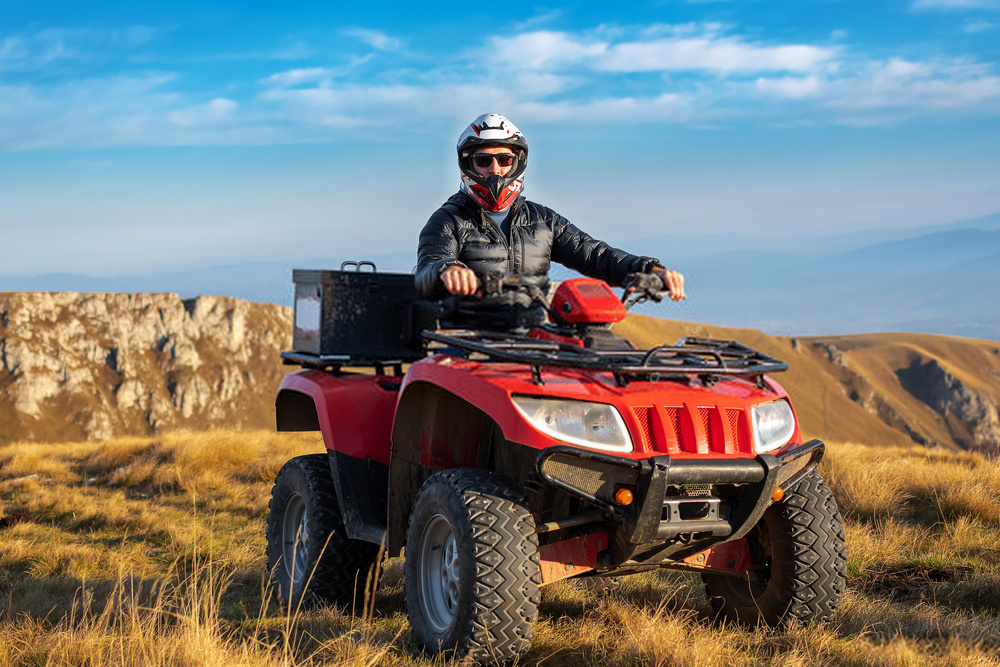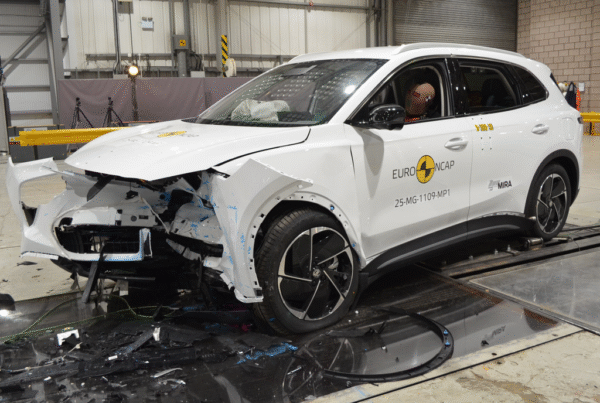Quad bikes are a quintessential work vehicle for the Australian agriculture and the tourism industry. But while these are often marketed as all-terrain vehicles, they can be unstable when used on anything but flat terrain.
Maintaining stability on sloped or uneven ground requires a quad bike driver to have an active riding technique. It can be easy to lose control of this motorised vehicle without sufficient coordination, strength, and experience—as evident in reports of quad bike-related fatalities in the past decades.
The use of these vehicles has since resulted in over 128 deaths between 2011 and 2018 according to Safe Work Australia. 70 these fatalities occurred on uneven ground and 49 were on an incline. Furthermore, 77 of these reported incidents involved a rollover.
Furthermore in 2020, 24 people died because of a quad bike-related accident, the highest number seen in Australia in a decade.
Safety Standards Now Mandatory
Seeing the grim picture of quad bike safety in Australia, the federal government revamped the regulations for quad bikes. The Consumer Goods (Quad Bikes) Safety Standard 2019 came into effect on 11 October 2019.
These new mandatory safety standards seek to improve the information provided to potential purchasers, enhance the stability of quad bikes sold in the country, and provide roll over protection to reduce injuries and deaths.
The safety standard was implemented in two stages to give manufacturers ample time to comply.
Since 11 October 2020, suppliers selling new quad bikes are required to:
- Place a yellow hang a tag on quad bikes to help consumers compared the safety of models prior to purchase
- Attach a permanent warning label on quad bike units to warn users of the risk of roll over
- Meet certain requirements in the US/European standards for quad bikes.
Meanwhile, as of 11 October 2021, stage 2 of the safety standards requires new and second-hand quad bikes sold in Australia to:
- Have an operator safety device or OPD to protect riders from serious injury or fatality in the event of a rollover. This can be a roll bar or a device that offers the same or better level of protection for operators
- Meet lateral roll stability requirements. A minimum Tilt Table Ratio (TTR) of 0.55 (must not tip on to two wheels on a slope less than 28.81 degrees)
- Meet front and rear longitudinal pitch stability requirements. A minimum TTR of 0.8 (must not tip on to two wheels on a slope less than 38.65 degrees)
The new safety standards are a necessary step towards the right direction for reducing the dangers of using quad bikes. However, some leading manufactures pushed back especially on the stage 2 requirements. Honda, Yamaha, Suzuki, Kawasaki, Canam, and Polaris have expressed their intent to leave the Australian market due to these new regulations.
Ensuring Quad Bike Safety in Your Fleet
Apart from using only vehicles that comply with the new safety regulations, there are several safety steps to follow to keep quad bike users safe. This includes:
- Use quad bikes only when it is the right vehicle for an activity
- Read hang tags to compare the stability of models before purchasing
- Fit existing quad bikes in your fleet with OPD
- Make sure that riders are properly trained before riding a quad bike
- Maintain quad bikes to keep them safe
- Follow safety warnings from manufacturers
- Always were protective gear and clothing including helmets, gloves, boots, googles, long sleeves and long pants
- Avoid riding on rough terrain or steep slopes
- Never let children rider quad bikes even as passengers
For more information about quad bike safety in the workplace, visit Safe Work Australia.


















